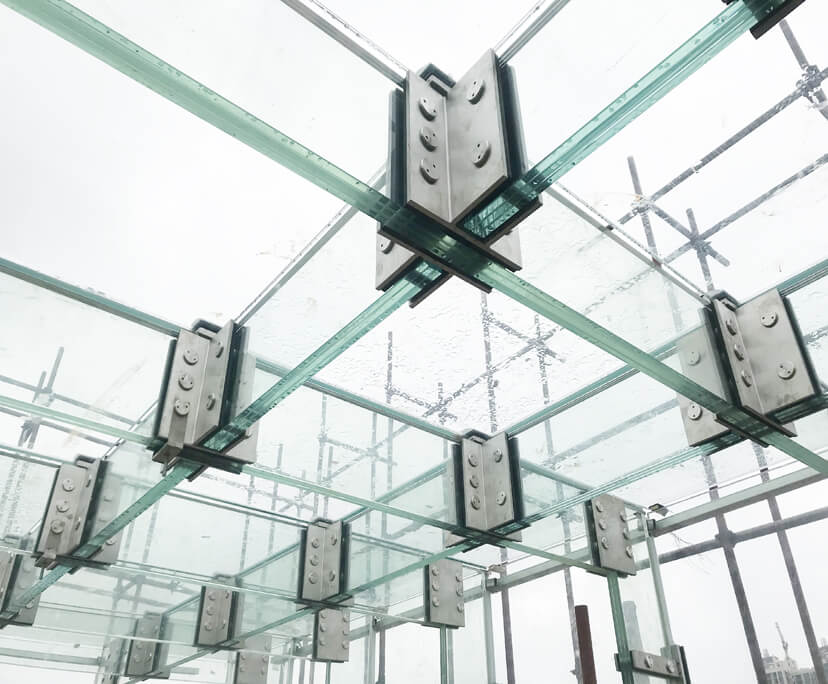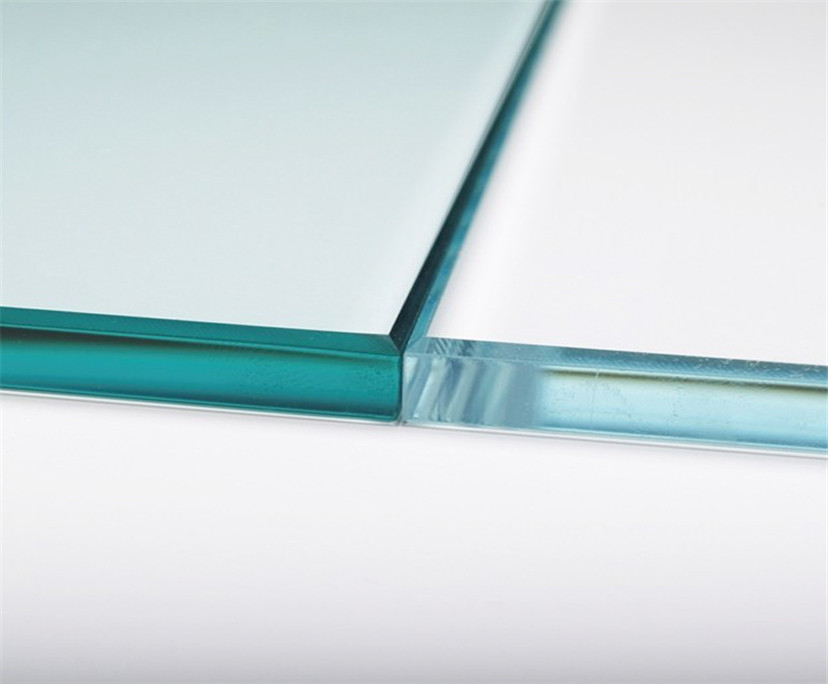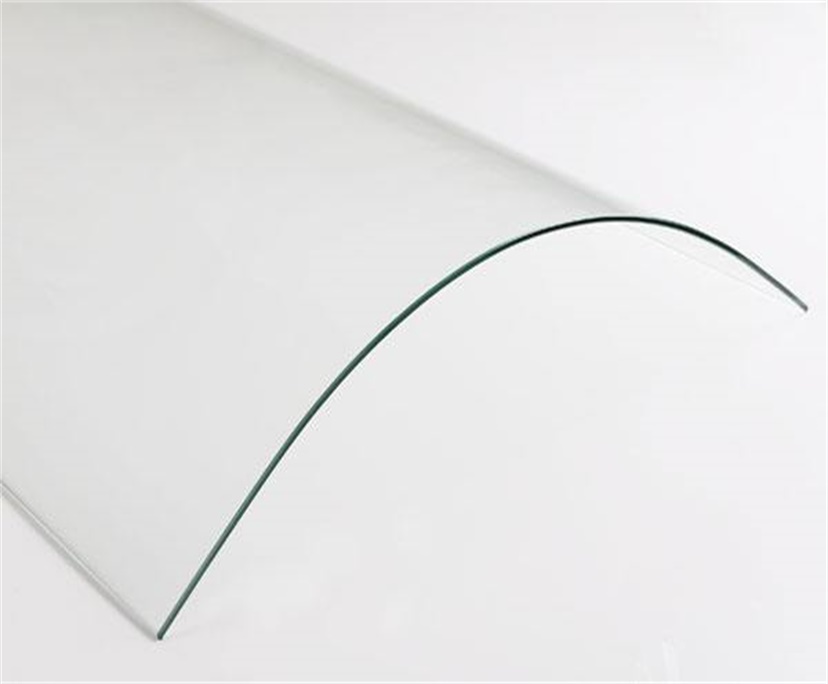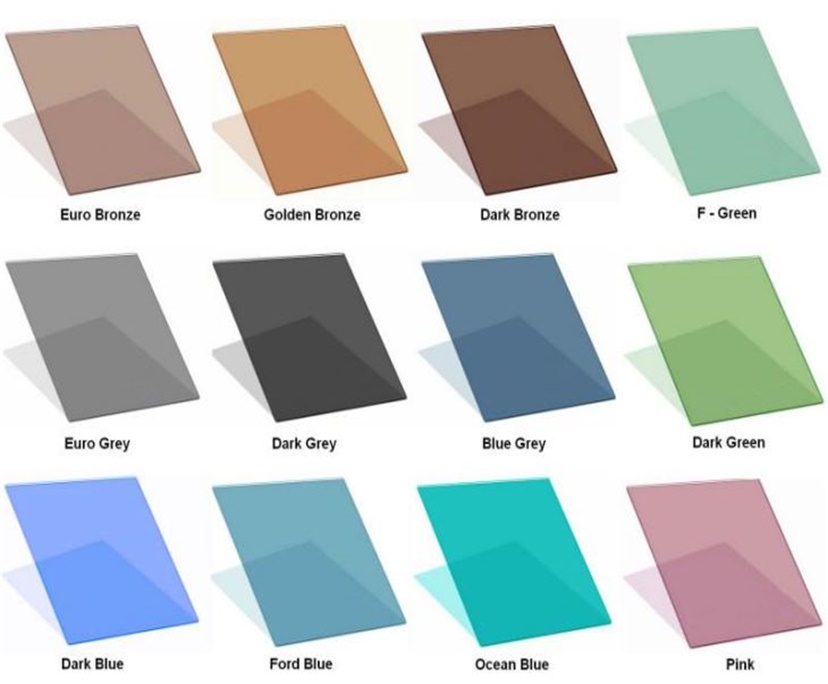Choosing the Right Laminated Glass for Commercial Buildings
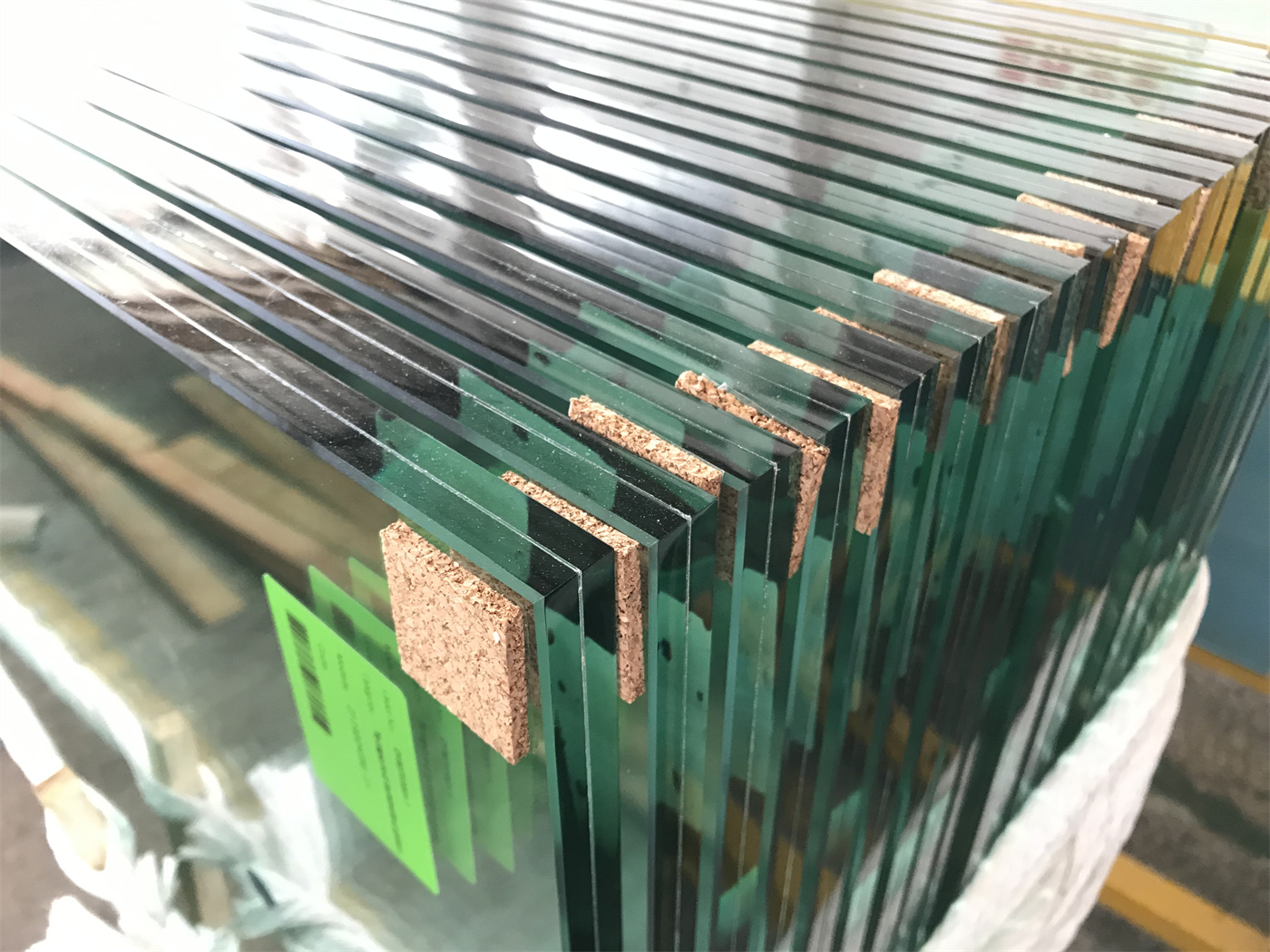
In the design and construction of commercial buildings, safety, durability, and aesthetics are crucial considerations. One important element that can address these concerns is laminated glass. Laminated glass is a type of safety glass that consists of two or more layers of glass bonded together with a layer of polyvinyl butyral (PVB) or ethylene-vinyl acetate (EVA) interlayer. This interlayer provides strength and prevents the glass from shattering into sharp pieces when broken, making it an ideal choice for commercial buildings.
However, not all laminated glass is created equal. There are different types of interlayers, glass thicknesses, and design options to consider when choosing laminated glass for commercial buildings. Here are some factors to consider:
Safety: Safety is the primary concern for commercial buildings, especially those with high foot traffic or in earthquake-prone areas. Laminated glass with thicker interlayers and multiple layers of glass can provide greater safety and resistance to impact, making it suitable for areas such as entrances, facades, and skylights.
Sound insulation: Commercial buildings often require sound insulation to reduce noise from outside or within the building. Laminated glass with thicker interlayers and airspaces between the glass layers can provide better sound insulation, making it ideal for areas such as conference rooms, offices, and hotels.
UV protection: Laminated glass can also provide UV protection, which is important for protecting interior furnishings from fading and damage. Laminated glass with a tinted or low-E coating can reduce the amount of UV radiation that enters the building, making it ideal for areas such as museums, galleries, and retail stores.
Customization: Laminated glass can be customized to meet specific design requirements. Customization options include different glass colors, textures, patterns, and even printing of images or logos. This makes laminated glass ideal for creating unique and eye-catching facades, partitions, and signage.
Sustainability: Sustainability is becoming an increasingly important consideration in commercial building design. Laminated glass can contribute to sustainability by improving energy efficiency, reducing waste, and promoting recyclability. Laminated glass with low-E coatings can reduce energy consumption by reducing heat loss or gain, while laminated glass made with recycled glass can reduce waste and promote circular economy principles.
Multi-functionality: Laminated glass can also serve multiple functions, such as providing safety, sound insulation, UV protection, and customization all in one product. This can reduce the need for separate products and simplify the design process, making it ideal for areas such as atriums, lobbies, and public spaces.
In conclusion, choosing the right laminated glass for commercial buildings requires careful consideration of safety, sound insulation, UV protection, customization, sustainability, and multi-functionality. By selecting the appropriate laminated glass, designers and builders can create buildings that are not only safe and durable but also aesthetically pleasing and environmentally responsible.


